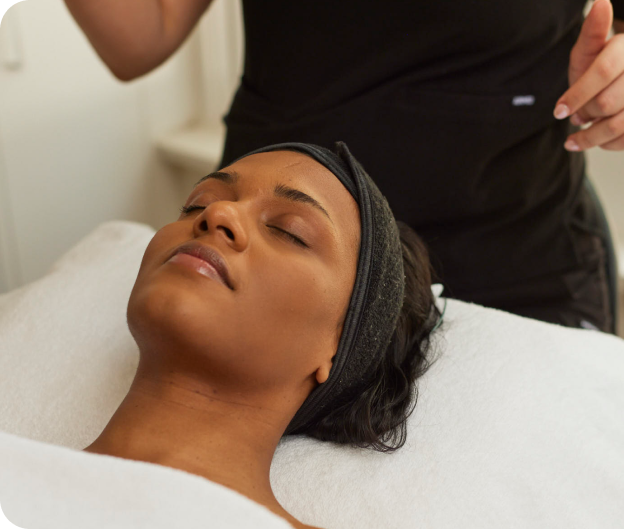
Example of Keratosis Pilaris on the upper arm
Keratosis Pilaris is a common skin complaint that can be notoriously difficult to treat. So what is it? This skin condition is commonly seen on the upper arms, buttocks and thighs. It is a harmless condition and presents as small, tiny hard bumps that feels rough like sand paper. It is usually accompanied by some redness and swelling. Although occasionally it may be itchy, it is not painful. While it doesn’t get worse or cause any grave affect, many patients find it annoying.
What causes Keratosis Pilaris?
Keratosis Pilaris is caused by a build-up of keratin. This is the protein that protects the skin from potential dangers and infections. When this build-up blocks the hair follicle and essentially causes a plug, we see small red bumps arise. It is more common in dryer skin and is also tends to be worse in winter when there is less moisture in the air. Some may even notice it clears up in summer. It can also worsen during pregnancy or after child birth.
Keratosis pilaris is particularly common in teenagers. It may occur in babies where it tends to be most obvious on the cheeks. If a parent suffers from this condition, their children will be more susceptible to experiencing the condition also.
What can I do to treat it?
Many people live with Keratosis Pilaris without seeking treatment, especially if they have had it since they were a child and have become ‘used to it’ over the years. But there are some treatment options available for sufferers who are frustrated or bothered by the condition. There is no known cure but some steps that can help manage symptoms:
- Symptoms are exacerbated when the skin is dehydrated. Therefore stick with non-soap cleanser that won’t dry out the skin
- Integrate gentle exfoliation with the use of a loofah whilst in the shower or bath (ensure the skin is wet)
- Moisturise, moisturise and moisturise. Keeping the skin hydrated is imperative. Moisturising post shower is a time when the skin is more susceptible to moisture
- Choose moisturisers containing salicylic acid or lactic acid
- If you find that none of the above options are not having a significant effect, topical ointments can be prescribed by a good Dermatologist. They will be prescribed on consultation once a diagnosis has been confirmed
- In-clinic treatments such as IPL and hair removal can assist with reducing pore blockages and therefore the severity of the condition.
How do I know if I have it?
There is no specific test for Keratosis Pilaris, but a good dermatologist will recognise it by sight immediately. Rarely a biopsy will need to be taken.
If you are experiencing symptoms and want to get a treatment plan, both Dr Alice Rudd and Dr Tasos Stavrakoglou are available for medical assessment. Don’t forget your GP referral.
